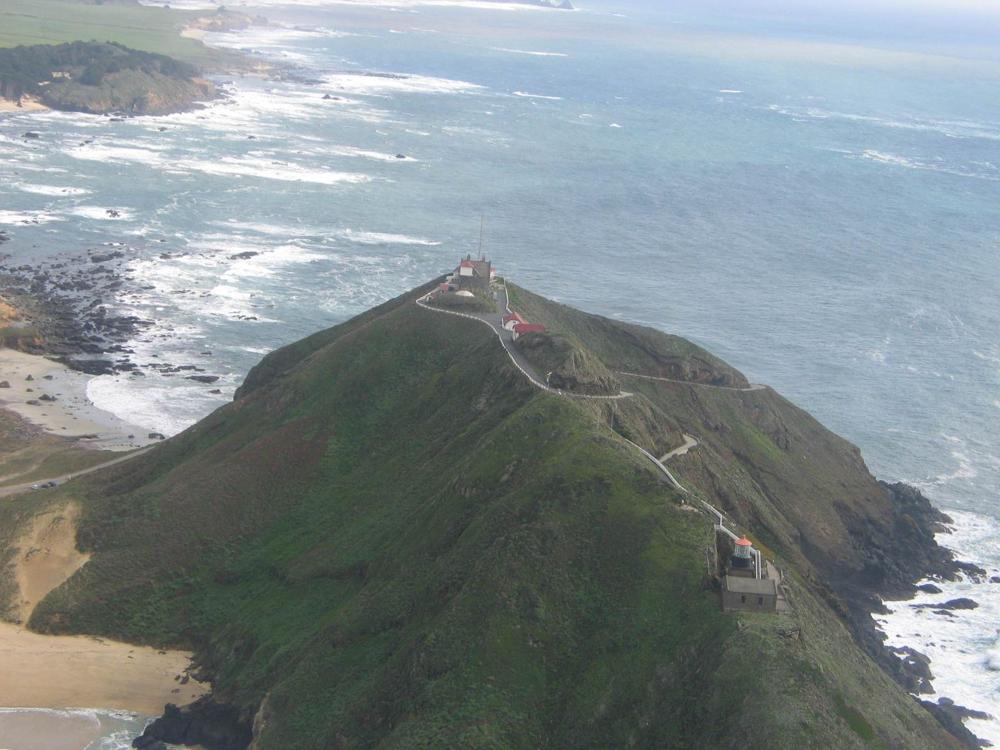Scientists Say Fish Are the World’s Best Athletes
— Posted with permission of SEAFOODNEWS.COM. Please do not republish without their permission. —
Copyright © 2015 Seafoodnews.com
Humans toss around sports titles like they own them. “World’s Greatest Athlete.” “World Record Holder.” “Fastest Alive.”
Name any winner at any Olympics at any event in track and field and this much is almost certain, a new research paper argues: A wide variety of athletic fish would blow right by them. Trout, salmon, tuna and other fleet fish are capable of producing far more oxygen in their bodies for mind-blowing performance.
“Fish exploit a mechanism that is up to 50-times more effective in releasing oxygen to their tissues than that found in humans,” said Jodie Rummer, the lead author of the study and a researcher at the ARC Centre of Excellence for Coral Reef Studies at James Cook University.
“This is because their hemoglobin, the protein in blood that transports oxygen, is more sensitive to changes in pH than ours and more than the hemoglobin in other animals,” she said.
That’s right, other animals. The humble trout and salmon, not to mention powerful tuna, can also blow away some of the fastest mammals on land.
Fish have developed this ability for longer than humans can imagine, given their standing as some of the first organisms to form hundreds of millions of years ago. Humans run marathons. Salmon swim entire coastlines and tuna swim around the world.
When they’re challenged – which generally means chased by predators – they really get on their horse, flying underwater at incredible speeds. Humans catch them easily, but advance fishing tools and methods cheat nature.
A quick getaway from predators isn’t the only skill fish evolved to survive. Conditions in water can change dramatically, especially with humans around adding phosphorous, nitrogen and acidity to water.
In areas of low oxygen in water, such as a problem known as dead zones that leave them sucking for air, they can double or triple oxygen delivery to their tissue. The study was published early this week in the journal PLOS One.
Researchers have used rainbow trout to understand how fish deliver oxygen for the past decade. First they tested how it’s done by monitoring rainbow trout muscle oxygen levels in real-time. Then they compared the results with medical studies of humans to show how much more powerful fish like trout and salmon are.
“This information tells us how fish have adapted this very important process of getting oxygen and delivering it to where it needs to be so that they can live in all kinds of conditions, warm or cold water, and water with low oxygen levels,” Rummer said.
Many elite runners have taken to wearing elevation training masks that reduce their oxygen intake, hoping to simulate breathing at a higher altitude to better their performance. Fish don’t need a mask. They’re born that way.
“This trait may be particularly central to performance in athletic species, such as long-distance swimming salmon or fast swimming tuna,” said Colin Brauner, a University of British Columbia researcher and study co-author.
“For fish,” he said, “enhanced oxygen delivery may be one of the most important adaptations of their 400-million-year evolutionary history.”
Copyright © 2015 Seafoodnews.com

















